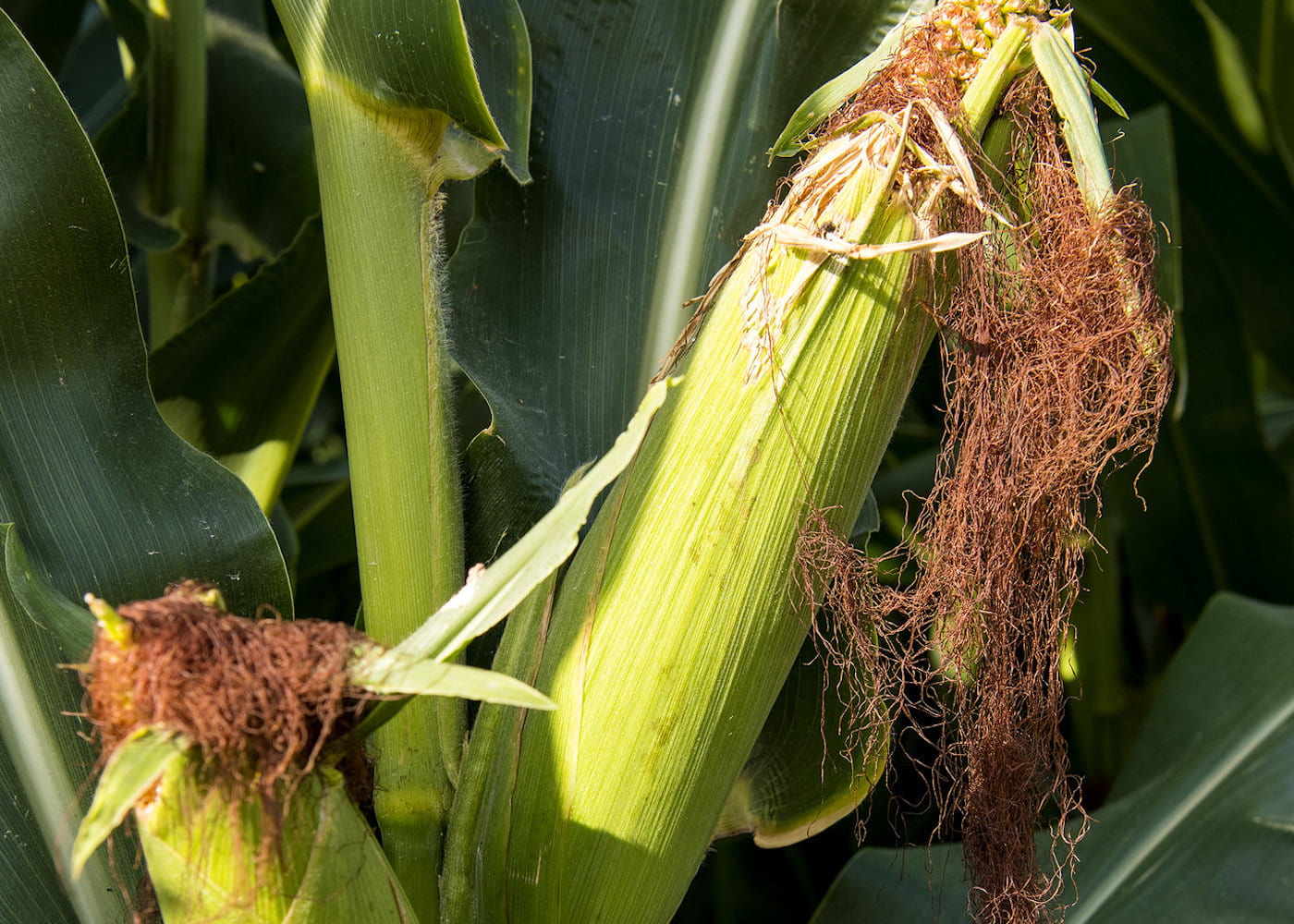Understanding How Colors Attract Wild Bees Aids Conservation Efforts

Trapping wild bees is essential to studying them. The effectiveness of traps to monitor wild bees varies depending on species and the environment in which they are used. Arkansas researchers tested which colors — yellow, red or blue — worked best to attract bees to vane traps. The researchers found that different light wavelengths and reflectivity influenced bee species capture rates, and blue vane traps captured the greatest diversity of species. The results of this study can help optimize wild bee sampling methods and ultimately aid in conservation and management practices.
The Problem
Pollinators, including bees, are in decline. Developing appropriate conservation and management practices to protect them requires monitoring their abundance and diversity.
There are a variety of commercially available traps, and vane traps that use blue and yellow vanes to attract bees are common. But the effectiveness of these traps varies depending on the bee species and the environment in which they are used.
The Work
Neel Joshi, associate professor of entomology for the Arkansas Agricultural Experiment Station, and his research team converted commercially available vane traps to determine which colors worked best to attract bees. They constructed new vanes from yellow, red and blue micro-prismatic material that reflects light in selected color spectrums. The researchers deployed the traps for 24 hours at a time, collected as few bees as necessary to identify the species and promptly released them. Roshani S. Acharya, a former graduate student in Joshi’s insect ecology lab, led the project.
The Results
The different colors tended to attract different species of native bees. The most popular color was bright blue with the micro-prismatic material — attracting 36 out of 49 captured species from the study. Of the 36 species, six were not found in any other colored traps in the study. Joshi said that the results of this research indicate that different light wavelengths and reflectivity from the vane traps influence bee capture rates.
The Value
There are about 4,000 species of wild native bees in the United States, and Joshi’s lab has document more than 200 species in Arkansas. As Joshi aims to document and study native bee species in Arkansas, he says the traps from this study are being further tested in his native flower test plots. The results of this research can help optimize bee sampling methods in different ecosystems, which in turn, can aid in conservation and management practices. Native bees are important pollinators and benefit more than 75 percent of plants in Arkansas, including 35 percent of crop plants.
Read the Research
Wild bees respond differently to sampling traps with vanes of different colors and light reflectivity in a livestock pasture ecosystem
Nature Scientific Reports
Volume 12, 9783 (2022)
https://doi.org/10.1038/s41598-022-10286-w
Supported in part by
USDA-NIFA Organic Agriculture Research and Extension Initiative Grant no. 2016-51300-25723 and USDA-NIFA Project #ARK02527.
About the Researcher

Neelendra Joshi
Associate Professor
Ph.D., (Dual Degree) Entomology, and Comparative & International Education, Pennsylvania State University
M.S., Agriculture Entomology, G.B. Pant University of Agriculture and Technology, Pantnagar, India
B.S., Biology (Botany, Zoology, Chemistry) Kumaun University, Nainital, India




